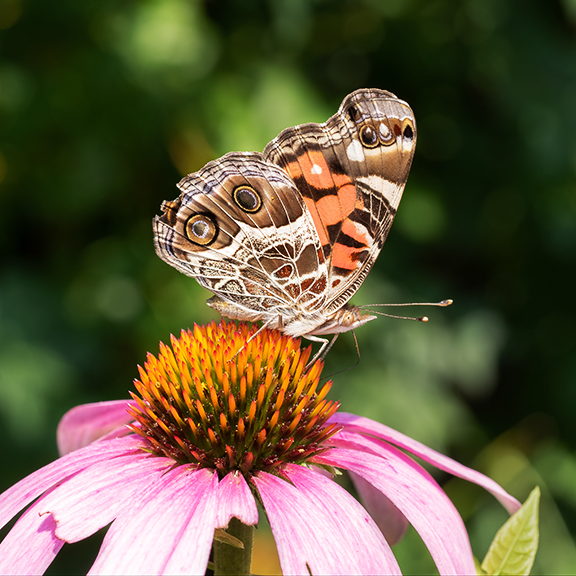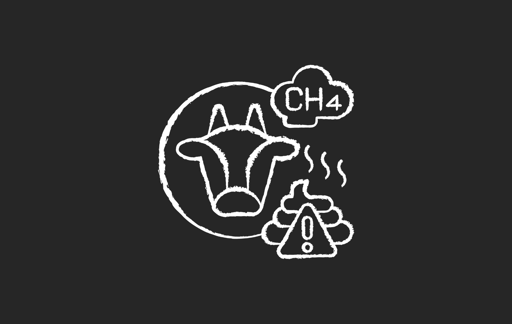Jim East
- 319 Posts
- 91 Comments

 2·3 hours ago
2·3 hours agoProjects like this are in desperate need of serious people to help them scale up. If even a small fraction of the people who see articles like this (or videos, or whatever) were to contribute some of their time and energy to the projects themselves, then the odds wouldn’t be so against them, and that little bit of progress would become reforestation of entire regions. The question isn’t whether it’s possible for a project like this to succeed; the question is whether there are enough people willing to make it happen.

 1·3 hours ago
1·3 hours agohttps://worldfloraonline.org/ is useful for verifying plant names and finding botanical descriptions.

 2·3 hours ago
2·3 hours agoThere’s never enough space! Have you looked into nearby lands where you could guerrilla plant some things? At least you got some pawpaws planted already. That’s probably the most important thing.

 3·1 day ago
3·1 day agoI remember reading a few years back that about half of the total world production of palm oil goes to “livestock” feed, but I cannot find the source now.

 13·1 day ago
13·1 day agoAll systems of oppression must be dismantled, no matter how inconvenient or unpleasant that process may be.

 1·1 day ago
1·1 day agoThis article was (from what I understood) mostly referring to old heirloom crops that are no longer widely grown because they’ve been superseded by newer commercial cultivars. I remember hearing that in the early 1900s, there were something like 53 potato cultivars available to buy in grocery stores in the USA, but by the end of the century, there were only 4. That probably applies to other crops as well. Another example of capitalism reducing biodiversity, I guess.

 6·1 day ago
6·1 day agoI think that the point of the article is that keeping a large seed collection in storage is a risk; if the freezer fails, all of those seeds are lost forever. Even if the seeds are preserved indefinitely, after a few centuries of climate change, they may not be able to survive in the same region where they were collected, whereas by growing them out generation after generation, they are allowed to adapt to changing conditions and maintain a different sort of viability.
It would seem that keeping some seeds preserved in cold storage while also growing some of the same lineage in as many locations as possible would be the most effective means of keeping the genetics alive.

 6·2 days ago
6·2 days agoSomeone has to be the first.

 3·2 days ago
3·2 days agoThe article is definitely lacking details about the Moche and Chimu cultures. The coast of Peru has a history of severe droughts and floods and landslides and earthquakes, yet these people had advanced irrigation systems and managed to live in such an environment for centuries. From what I understand, it’s the communal management and temporary nature of the irrigation infrastructure that differs from modern methods, but the how of managing it and moving it over time is left out. If anyone knows more, perhaps they can comment here.

 2·2 days ago
2·2 days agoWater is good for washing. A radical idea. So radical, it just might work.
 2·2 days ago
2·2 days agoThey probably only care about the personal health benefits rather than respecting other beings or their habitat.

 3·2 days ago
3·2 days agoHave you ever been a-wanderin’
out in the great outdoors
when suddenly you feel a little
movement in your drawers?
And from your life’s experience,
you know that that ain’t good.
'cause all you see around you
is just rocks and grass and wood?
And in your mind you’re thinkin’
toilet paper’d be the best,
‘cause the way this thing is feelin’,
it could be a great big mess?
And all that you can think is
“What the hell am I gonna do?”
But fortunately nature
has a solution just for you!Oh, the Toilet Paper Plant
is a magical thing!
When you wipe your butt with it,
it makes you wanna sing!
Probably the softest leaves
that you have ever seen!
And when you’re done, your derriere
is so damn super clean!Well I thank GOD, ALLAH,
and BABY JESUS too
for Toilet Paper Plants
when we really gotta poo!
'Cause when you’re in an emergency,
and there’s no water to be found,
you thank the lord up above
for Toilet Paper Plants around!Oh, the Toilet Paper Plant
is a magical thing!
When you wipe your butt with it,
it makes you wanna sing!
Probably the softest leaves
that you have ever seen!
And when you’re done, your derriere
is so damn super clean!And if you think savin’ your underwear
is all that it can do,
close your eyes and realise,
I got better news for you!
The Toilet Paper Plant
makes a tasty little fruit,
like tiny little blueberries
that give you a little toot!
And if you feel another one
comin’ down the pipe,
congratulations for discoverin’
the greatest cycle of life!'Cause the Toilet Paper Plant
is a magical thing!
When you wipe your butt with it,
it makes you wanna sing!
Probably the softest leaves
that you have ever seen!
And when you’re done, your derriere
is SO
DAMN
SUUUU
PERRR
CLEEEEEEAN!
…That song is about Miconia crenata, but it’s relevant to the spirit of the article if not the letter.
(FYI, planting Miconia crenata outside of its native range is generally considered a Really Bad Idea™. Find a native toilet paper plant for your area!)
Doesn’t need to be a desert. Anywhere that has a dry season with lower humidity should work regardless of total annual precipitation.
And borax, to keep the termites from eating it.

 3·2 days ago
3·2 days agoKilling other beings, destroying their habitat, and polluting their water supply for no appreciable benefit… Even harming one’s own kin in the process… This is not advisable. If it’s unethical for foreigners to do it, then it’s unethical for the local people to do it. The animals who depend on the rainforest do not care who is killing them; they just want to live.
“The fact that people are poor or discriminated against doesn’t necessarily endow them with any special qualities of justice, nobility, charity or compassion.” – Saul Alinsky
One more reason to move to the jungle.
Just be to sure to check for rotten spots in an old wooden barrel before setting it up! Old wood + constant moisture = fungal rot.
From what I understand, the people doing the thing fund it themselves. It seems like each parcel of land is managed independently, but I don’t know to what degree they coordinate between the different lands. They have an email address on the Contact page, so you can ask whatever you want to know.
We need more people starting or joining projects like this! Having no corporate sponsors and no government funding are especially important with all of the corruption involved in “carbon credit” projects and government funding being cut off or contingent on a bunch of bureaucracy. Independent restoration efforts controlled by the people living in the area just make more sense. Less conflicts of interest. If even a small percentage of the population did this, it could make a huge difference.

 2·3 days ago
2·3 days agoHello and thank you for your thoughtful comment. In general, I agree. I was not insinuating that Dipteryx oleifera trees (or plants in general) are only valuable as a source of food. They provide a myriad of ecosystem services, and all life in the forest is connected and interdependent. I simply meant that while some fruit-bearing plants are widely planted outside of their native range for food (durians, mangos, peaches, and probably most things that we both eat), this particular tree is probably not worth planting for its fruit alone (especially considering its size), and therefore it doesn’t make sense to grow it outside of its native range as one might do with some other fruit trees. Within its native range, it could be worth planting for the sake of restoring the forest, in which case eating the fruit would be a bonus.
Of course, no animal is food.
























You should have plenty of space if you can plant in the park! Public fruit trees are a great community service, and if you tell the park people that you want to plant native trees, they’d be foolish to say no. More fruit for you, more fruit for the birds, more fruit for anyone smart enough to harvest it, less grass and prickly stuff, more shade in the heat of summer. Everyone wins. Including the people at the persimmon nursery. :)